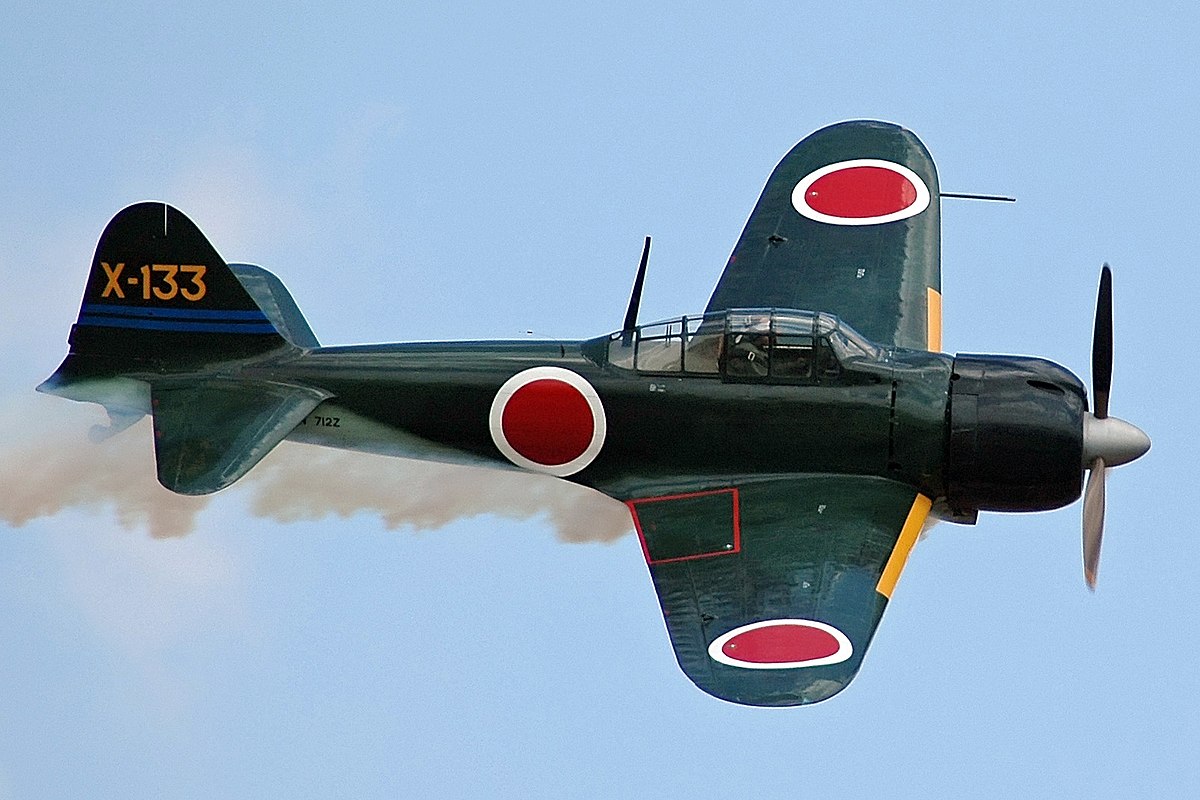SaparotRob
Unter Gemeine Geschwader Murmeltier XIII
Never said it wasn't terrible. Up to that point, however, it seemed to work. You fight with what you have. It would've been interesting had TF 16 and TF 17 been re-equipped with the TBF instead. The TBF wasn't on the carriers, though.The TBD was terrible. It was inferior to the Swordfish and the Albacore by every yard stick, and they were both biplanes.
The TBF / TBM was pretty good though.
I am on record saying the Stringbag was a brilliant design. The Swordfish's obsolescence was one of first myths the Forum busted for me that I took as fact. I said "it wasn't a bi-plane" as how the USN might've viewed the Devastator.
Last edited:


